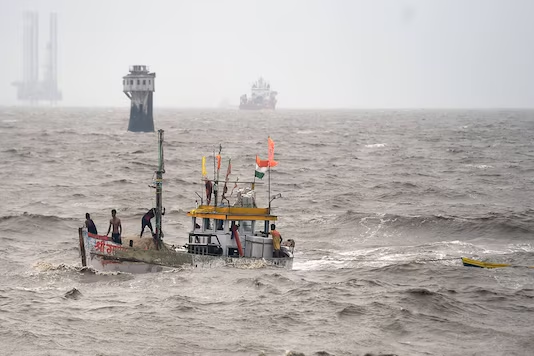Today, the Centre for Science and Environment (CSE) will be releasing ‘Building Sense: Beyond the Green Façade of Sustainable Habitat’, its first publication on the ‘green’ building sector. Its invitation for the event said a panel of eminent architects who have done pioneering work in designing and making sustainable buildings across the country will be releasing the book.
The extensively researched book, as CSE claimed, covers: Environmental impacts of building townships; Energy efficiency of buildings; Affordable housing for the urban poor; Building materials and waste and Green rating of buildings.
This immediately reminded me of my 2010 Ladakh visit after the devastating cloudburst in and around Leh in August. During our field visit in September, we encountered scores of houses that were brought down due to flash floods following the cloudburst, entire colonies washed away and basically destruction everywhere.
Two images stood in stark contrast and remain as my take away from that visit. First was a modern building in a relatively newer colony right outside Leh. It was a picture of devastation, heavy rainfall and flash floods had wrecked havoc. There was dried up muck everywhere, large boulders had come hurtling down and lay spread out and it was difficult even to reach few of the houses buried deep under rubble.

It was this house that made for the most representative picture. The entire ground floor was under debris and muck while cracks could be seen on the walls of the top floor. The guide with us, a local environmental activist, was describing how the loss of this colony cannot be compensated as people lost every single thing from their houses.
The same day, we went to a place near Nimo, about 50 kms away from Leh. It was a typical rural setting surrounded by agriculture land and houses in traditional style. Literally in the lap of a semi-circle of mountains (situated in a saucer like terrain), the devastation hit in the face with vast swathe of agriculture land covered by layers and layers of rubble, muck and large boulders.

This particular house was one of the worst affected. Here too, the ground floor and the basement were entirely flooded, filled with rubble, muck and there was an eerie silence surrounding the place.
And it was here that the sharp contrast between the two houses struck me. Both the modern and the traditional buildings faced similar devastation, both were literally bombarded by flash floods carrying large boulders and lot of soil washed off from the barren mountains. The modern building cracked under pressure but the traditional stood its ground.
The traditional house was built with local resources using the wisdom of the local community developed over the centuries. The modern building was more like one-size-fits all pattern with no thought whatsoever given to the surroundings. Locals also told me how the traditional house helps in beating the harsh winters while the modern houses necessarily needed additional heating.
I just hope the architects, the builders and even the house owners pay attention to such issues. Everybody is a stake holder here. After all, as the ‘traditional’ saying goes: ‘If not us, who?’ followed by ‘If not now, when?’



